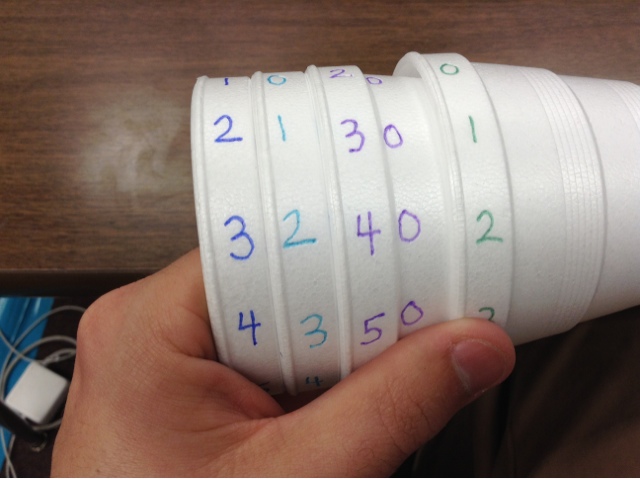Last week was a breath of fresh air for all of us. Children discovered how the Cinderella story varies throughout the cultures, and learned different components of fairy tales, such as protagonists, antagonists, donors, and plot devices.
This week, we are finished with Discovery Education testing, and are therefore back to where we left off. Our latest story is about Roberto Clemente. Roberto Clemente: Pride of the Pittsburgh Pirates tells the true story of the first Latino to be inducted into the baseball Hall of Fame.
Since this is nonfiction, we will be shifting our focus this week from storytelling to fact-displaying. Growing research shows that although students enjoy reading nonfiction, its lack of presence in the classroom (and at home) is causing students to neglect its importance when taking standardized tests. With the third grade FCAT's Reading portion being 40% informational text**, students cannot afford to miss out on the information provided by nonfiction. For more information about why nonfiction is important, check out this article.
Here's what I'm proposing: let's expose the students to as much informational text as we can. Show them newspaper clippings, magazine articles, maps, web pages, brochures, etc. If you find age-appropriate texts you would like them to share with the class, please send them in.
In addition to dragging out my nonfiction books, I am encouraging them to check out nonfiction books at the library. I noticed that while many students met their Accelerated Reader goal, most read no nonfiction books. The ones who did test on nonfiction didn't always do consistently well.
At a recent training, our presenter said it best: we see nonfiction at a disproportionately higher rate daily than we do fiction. How many of us are so busy throughout the week with our jobs, families, and activities that we seldom take time to read a novel? However, between road signs, instruction manuals, recipes, menus, directions, etc., we are constantly bombarded with information. These are the things our children need to be exposed to as well.
Happy reading!









